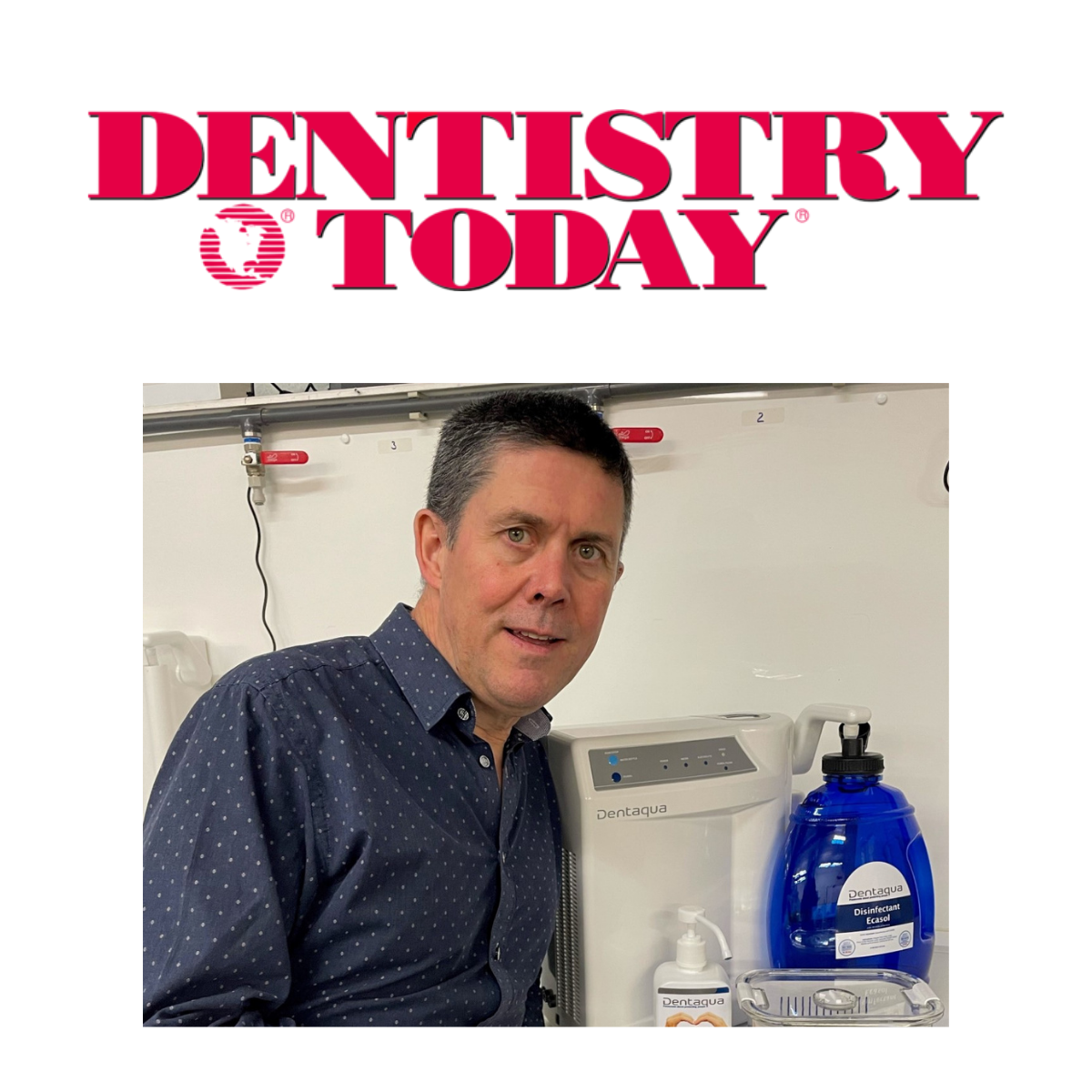
Dentaqua is proud to have Kevin Keane, its Chief Operating Officer, contribute to the February edition of US clinical dentistry publication, Dentistry Today in an article titled ‘Focus on: Hypochlorous Acid’.
Within the article Kevin, explained that in its simplest form, HOCl is generated when water and salt are passed through an electrochemical cell under a small amount of current. HOCl is found naturally in the body, produced by the white blood cells in a process called phagocytosis. It is non-toxic and has been used as a disinfectant for many years in applications that include wound care. As a general disinfectant, it is extremely effective, with some HOCl solutions achieving a 30 second kill time, even on TB. In dental chairs, its ability to remove biofilm in dental waterlines is unparalleled.
When asked about the applications for HOCl in dentistry, Kevin explained cross contamination and pathogen infection are significant risks to patients and staff. Dentists require disinfectants that are inexpensive; safe to use, environmentally friendly, and effective within a short kill time. The latter enabling reduced patient turnaround.
Dental clinics purchase a number of different disinfectants, including surface disinfection wipes; hand sanitizers; and dental waterline, impression, and endodontic disinfectants. HOCl can replace all of these.
One can purchase bottled HOCl or buy a generator to produce your own as required. Bottled solutions are said to be less effective than freshly generated solutions, requiring longer kill times. This is due to the absence of short-lived reactive oxygen species that are present for a period on on-site generated solutions.
There are 2 categories of onsite generators, one is a Kettle-type —these are cheap to purchase; however, with little control over the solutions generated, they generally produce HOCI with an extremely high chloride content that can cause corrosion. The other is Automated — these have tight controls on the HOCl quality, pH, and chloride concentration.
There are many variations of HOCl on the market. If the generation process is inefficient, salt will remain unconverted in the HOCl solution. High residual salt causes corrosion of dental chairs, waterlines, and equipment. Many bottled solutions and solutions produced by kettle-type generators have an extremely high chloride content, with some containing as much as 18.75 g of salt per litre of HOCl. The automated generators that are designed specifically for dental applications use as little as 0.2 g of salt per litre of HOCl. To test just how much salt remains, evaporate 50 mL of any HOCl solution. Visible salt crystals remaining after evaporation indicate a high chloride salt content.
HOCl kill times
Disinfectant contact times are critical. Many chemical disinfectants require up to 5 minutes to be effective, and the surface must remain wet for the contact-time stated. Many alcohol-based disinfectants evaporate prior to the recommended contact time, resulting in ineffective disinfection. Ideally, the disinfectant with the shortest contact time should be used. Dentaqua-produced HOCl is tested in accordance to EN 14476 and EN 1500 and only require a 30-second contact time.
HOCl safety
HOCl is known to be non-toxic. It has been used in many disinfection applications, including wound disinfection, surface disinfection, food safety, water disinfection, etc. In fact, the human immune system produces HOCl and reactive oxygen species to fight infection so these can be considered natural disinfectant compounds.
Sustainability
On-site HOCl generators offer many sustainability benefits. An improved carbon footprint through the elimination of transport and packaging of traditional chemicals and bottled HOCl is one major benefit. You can produce as much as you need when you need it. When used in combination with paper towels, it eliminates many thousands of tonnes of single-use wipes, which are made from plastic, that are sent to landfill each year.
Compatibility with dental equipment
HOCl is safe to use on your dental chairs and equipment, provided you use low chloride solutions, produced to a precise specification and at a neutral pH. You should consult with your HOCl provider with regards to the precise concentration of residual chloride in the solutions you are considering.
HOCl in dental unit waterlines (DUWLs)
Studies have shown dental chair water is frequently contaminated with large numbers of different micro-organisms (bacteria, fungi, protozoa, and viruses). Water remaining stagnant in the chair for long periods of time creates ideal biofilm growth conditions. Microbial contamination in DUWLs has multiple sources, including; water supplied to the dental unit (sterile/filtered water does not provide protection), dental waterline tubing is not sterile, even when new, and the failure of anti-retraction valves.
Summary
HOCl is peer-reviewed and is regarded as one of the best DUWL disinfectants on the market because of its unparalleled ability to denature and remove biofilm.
HOCl is a safe, highly effective, multi-use disinfectant. Its genuine environmental benefits will enable you to advertise your practice as sustainable, while at the same time providing you with significant cost savings.
The Dentistry Today article can be read at https://www.dentistrytoday.com/focus-on-hypochlorous-acid/
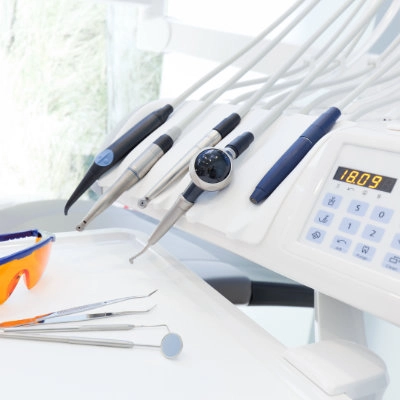
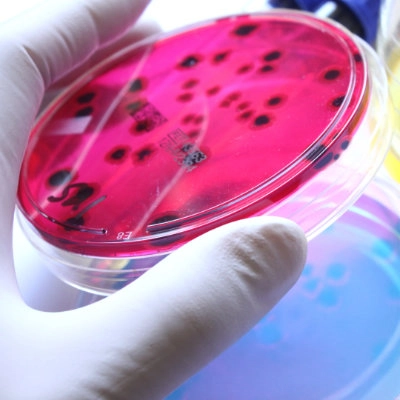
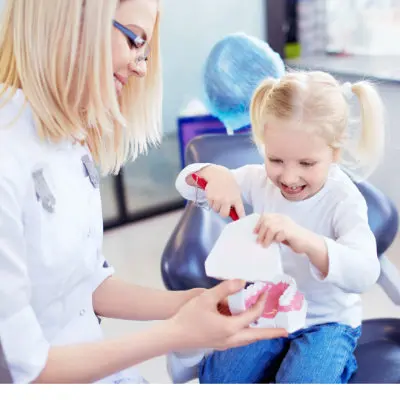

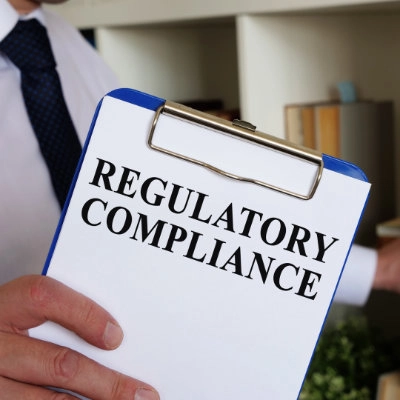
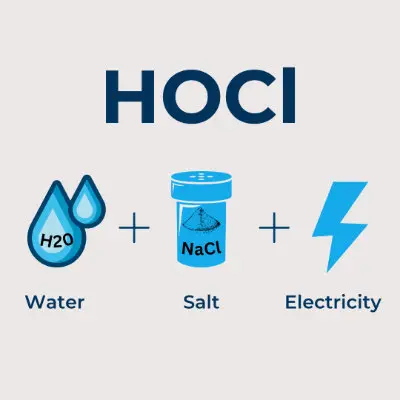


Email: admin@dentaqua.com
IE: +353 52 6154244
Unit 1, Gurtnafleur Business Park,
Clonmel, Co. Tipperary,
Ireland